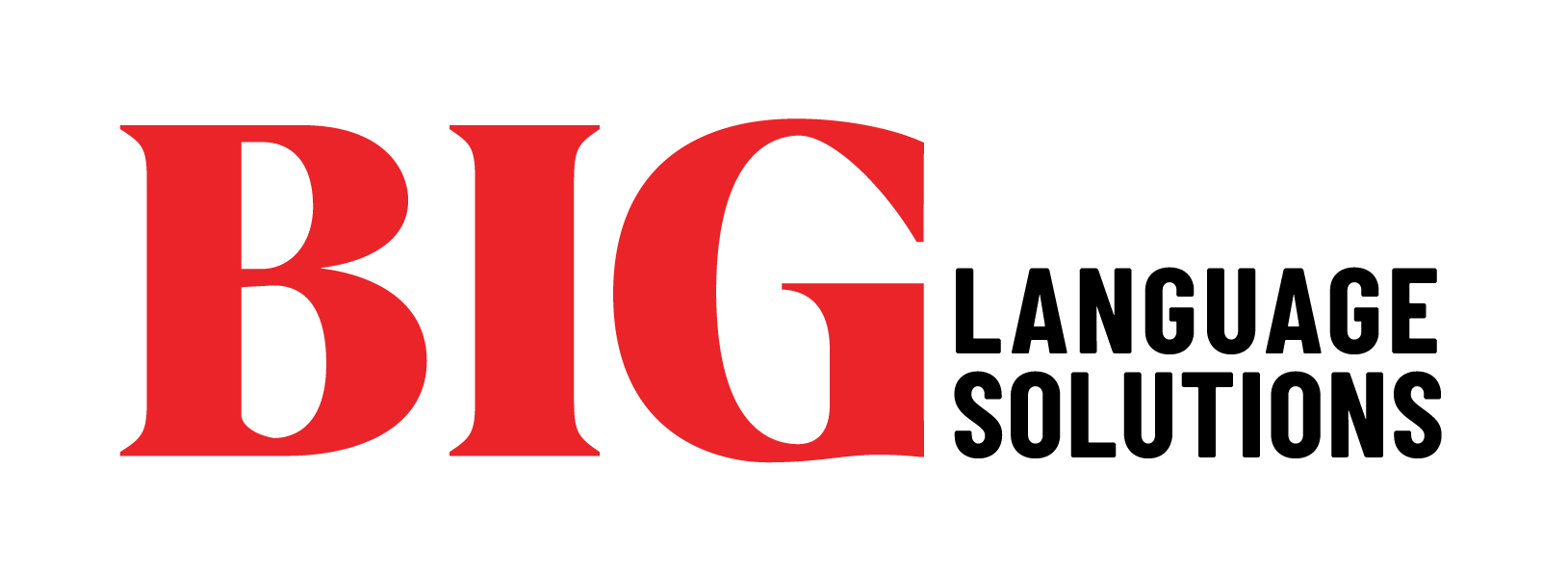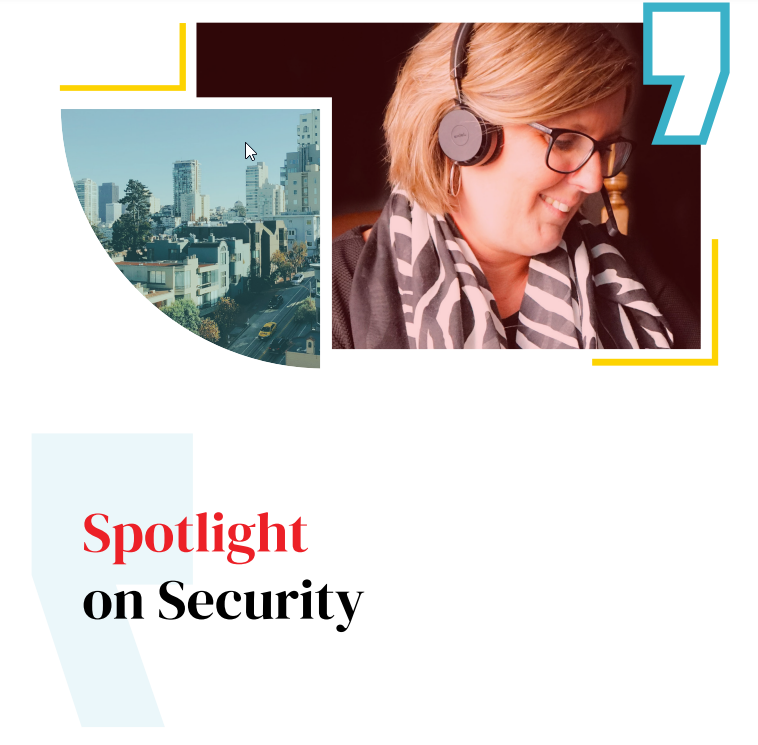Terminology can vary dramatically within medical sectors, depending on the field, the context, and the stakeholders in the discussion. Miscommunications can happen even when medical professionals, healthcare providers, patients, researchers, and insurers speak the same language; for example, as a result of the use of jargon or complicated technical terms or because of generational differences, cultural perceptions, or differing audience expectations. Sometimes, even a simple lack of shared knowledge leads to confusion, especially in translations.
The language used by the healthcare, medical, life sciences, and pharmaceutical sectors has evolved to reflect differing audience needs, expectations, and levels of knowledge. However, the resulting differences in tone, terminology, and nuance can be lost during the translation process.
As a specialist in translating and localizing healthcare, medical, life science, and pharmaceutical content, ISI Language Solutions understands that the fundamental factor in medical translations is not simply the content. Rather, it is the audience that is receiving the information, as well as the individual or organization that is providing it, that should inform the translation process.

- Healthcare Translations Should Prioritize Patient Needs
Healthcare translations need to be patient-centered. Unlike interpreters, who facilitate spoken exchanges between healthcare providers and patients, healthcare translators spend their time translating the written word. The resulting documents ensure non-English-speaking patients exit healthcare facilities with clear follow-up instructions and care plans in their preferred language. Such translations provide patients and their providers with the tools necessary to administer effective treatments and engage patients.
Specialist translators play a vital role in this scenario. As well as in-depth knowledge of medical terms and fluency with the source language, they also need to translate medical terminology into the everyday language of the target audience. High-quality translations will also take patient anxiety into account, reassuring readers through the use of comforting language.
Typically, healthcare content uses idioms (or euphemisms), regional expressions, and cultural touchstones to reassure and inform patients. The translator needs to be able to localize as well as translate content for the target audience, therefore. This is one of the many reasons why computer-generated translations alone are not appropriate for healthcare translations. They can not match the necessary levels of compassion and care provided by culturally competent and specialist healthcare translators.
2. Medical Translations Should Prioritize In-Depth Medical Knowledge
Though the function of healthcare and medical translators may seem to overlap, there is a vital distinction between the fields. Like their healthcare colleagues, medical translators must have the necessary qualifications to provide translations, including compliance with relevant privacy policies. Unlike patient-centered healthcare translations, however, the source documents for medical translations are created by medical professionals for medical professionals. In other words, medical translators must possess in-depth technical knowledge and keep up-to-date with medical practices and new techniques.
Medical translators must also have familiarity with medical practices and processes in countries other than the United States. This is to enable them to translate patient medical records between languages in ways that appropriately and accurately provide geographical context to medical practices.

3. Life Sciences Translations Should Prioritize Clarity
Rather than focusing on patient comfort or cultural differences, life science translations need to prioritize clarity of methods and dissemination of academic and research knowledge. These translations must appeal to academic audiences, biotechnology experts, medical device developers, and other stakeholders. These audiences demand attention to detail, high-level methodology descriptions, and a rigorous replication of data and interpretation.
Life science translators are fluent in at least two languages and have earned high-level degrees in their professional fields. In addition to their specialized translation skills and industry knowledge, life science translators must also be certified and are held accountable by stringent regulatory guidelines.
4. Pharmaceutical Translations Should Prioritize Global Accessibility
Pharmaceutical translations are essential for drug development companies and clinical research organizations looking to expand into new markets. These organizations need specialist support to provide clear and accurate translations that meet regulatory standards and provide regionally relevant information to regulatory agencies, clinical trial participants, pharmacists, providers, and patients.
Each point in the research process requires accurate, pragmatic, and timely translation. Experienced pharmaceutical translators produce translations that clarify risks and address regional concerns, thereby decreasing the likelihood of misunderstandings that could lead to lawsuits or adverse effects. In addition, experience has shown that high-quality translations increase brand trust and time to market.

The Importance of Specialist Knowledge
Avoiding miscommunication through clear, accurate, and culturally aware translations is critical in every sector, but arguably more so in the fields of medicine where patient health, regulatory compliance, and brand reputation can all be at risk.
The right translation provider will not simply understand the differences between healthcare, medical, life sciences, and pharmaceutical translations. It will also have the necessary specialists and knowledge to prioritize your different target audiences today and in the future.
At ISI Language Solutions, we pride ourselves on keeping on top of industry needs and continuously investing in our offering to support our healthcare, medical, life sciences, and pharmaceutical clients. That is why we are so excited to be part of the BIG Language Solutions family of language service providers. This includes Dora Wirth Languages (DWL), a UK-based specialist in translations for life science, pharmaceutical, contract research organizations, and medical device customers, including localization, interpretation, intellectual property, and eLearning offerings. By joining forces, we are able to offer clients an even greater breadth of knowledge and experience in this fast-changing field.
To find out more, visit our dedicated industry pages or email [email protected].










